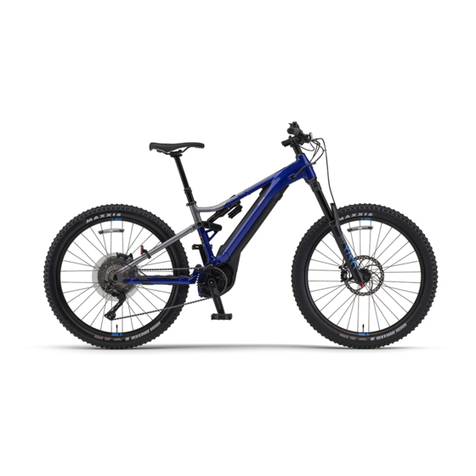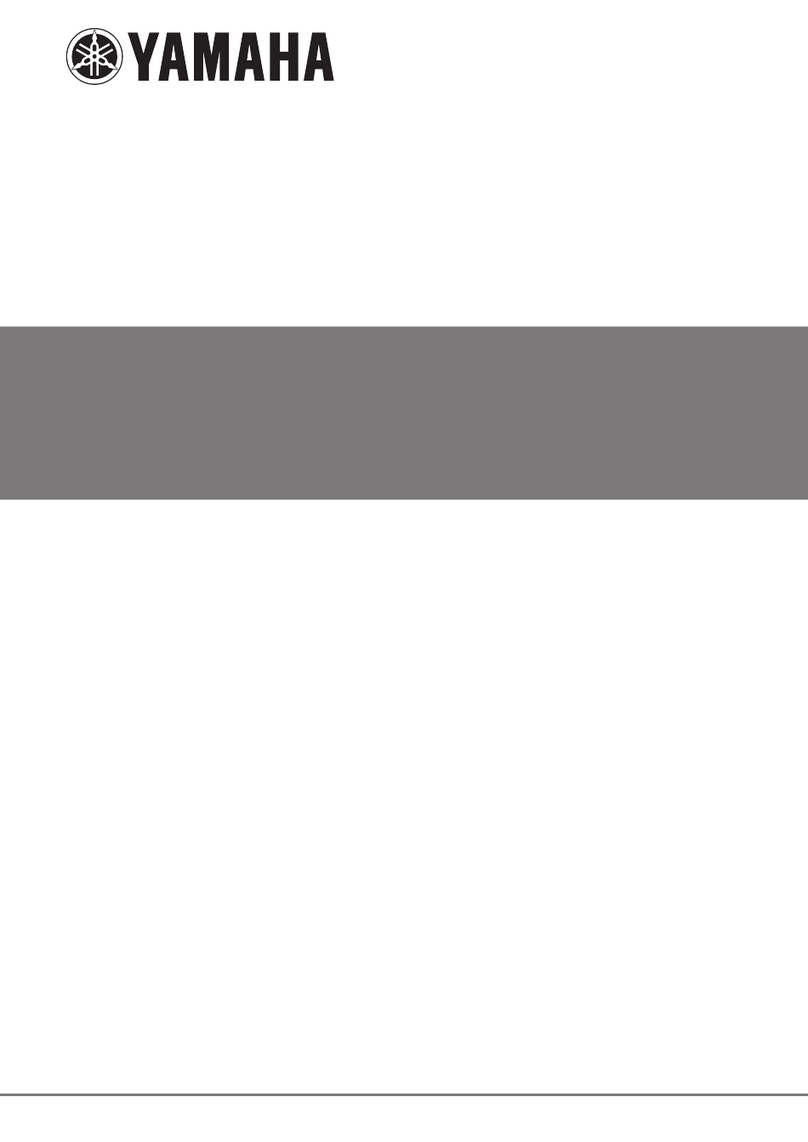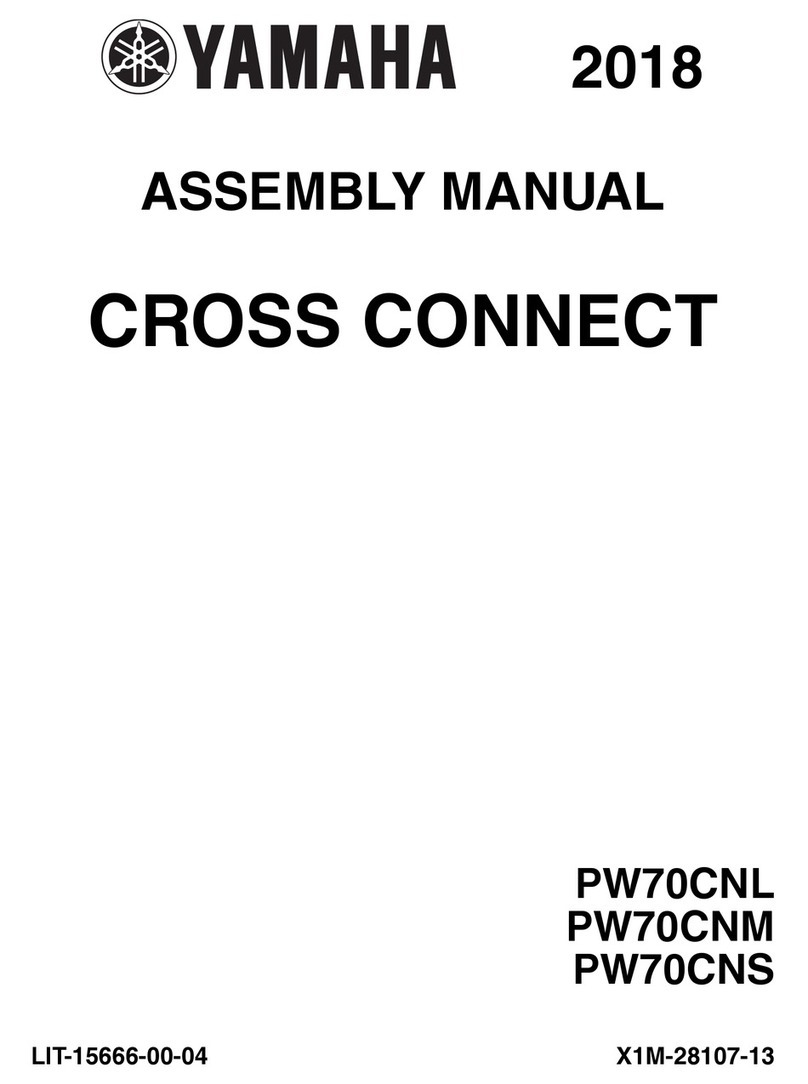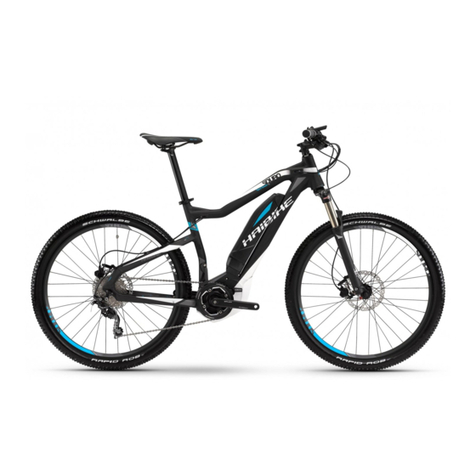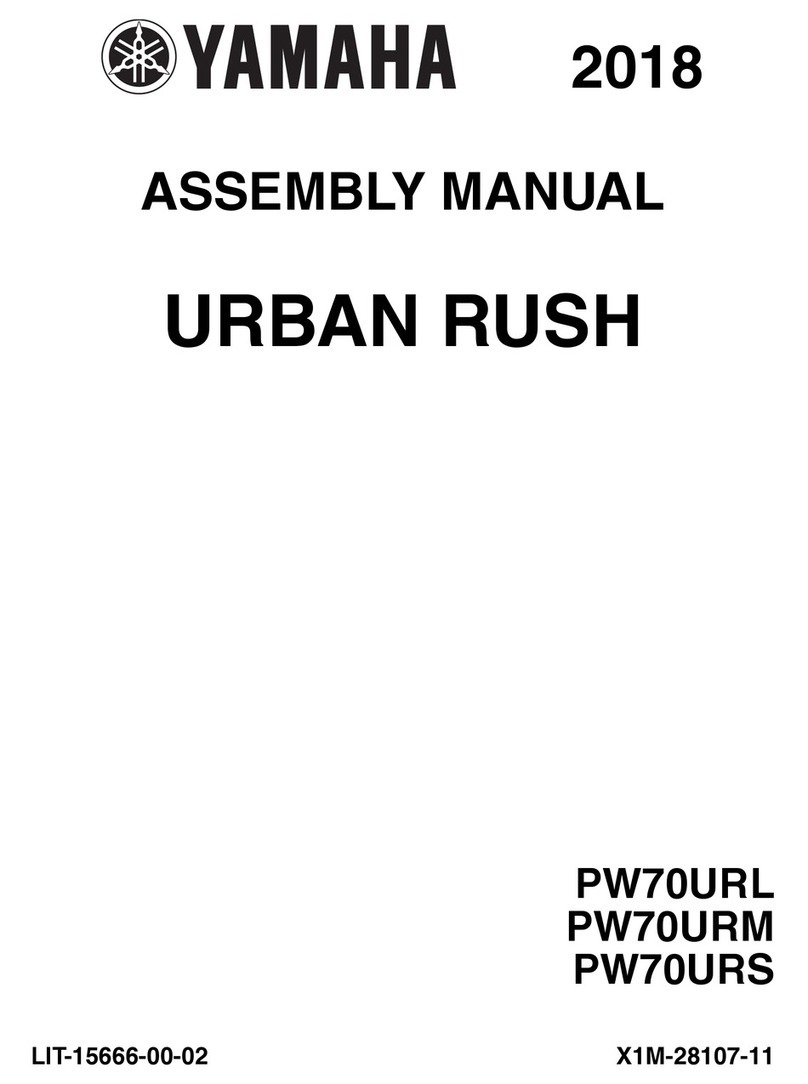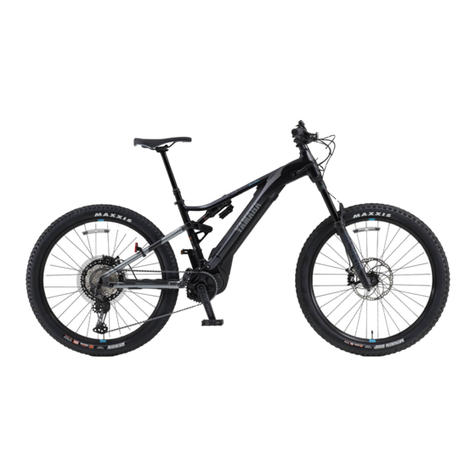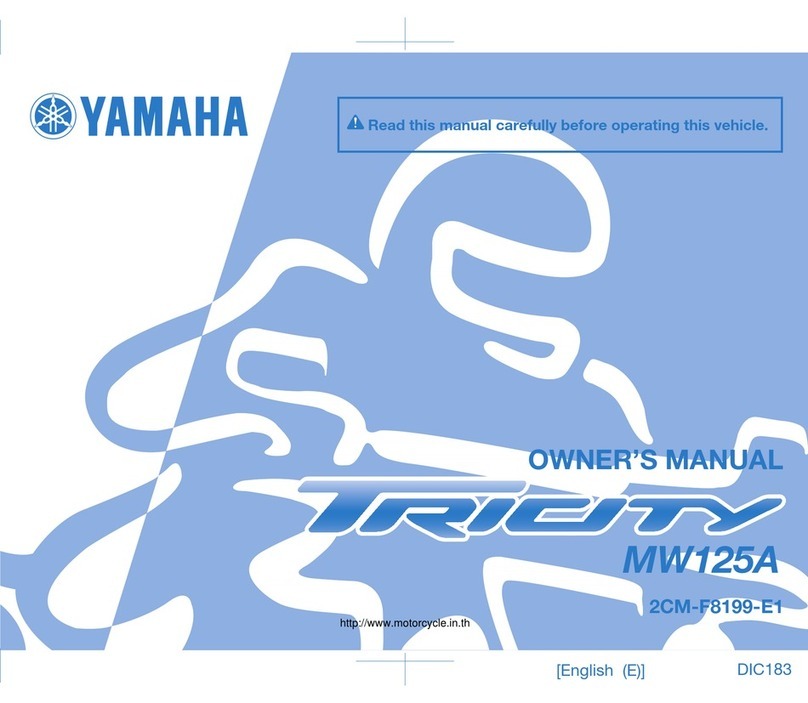
TABLE OF CONTENTS
LOCATION OF IMPORTANT
LABELS
............................................. 1-1
SAFETY INFORMATION
.................. 2-1
DESCRIPTION
.................................. 3-1
Left view .......................................... 3-1
Right view ........................................ 3-2
Controls and instruments................. 3-3
INSTRUMENT AND CONTROL
FUNCTIONS
....................................... 4-1
Main switch ..................................... 4-1
Indicator light .................................. 4-1
Speedometer unit ........................... 4-2
Handlebar switches ........................ 4-2
Clutch lever ..................................... 4-3
Shift pedal ....................................... 4-4
Brake lever ..................................... 4-4
Brake pedal .................................... 4-4
Fuel tank cap .................................. 4-5
Fuel ................................................. 4-5
Fuel cock ........................................ 4-6
Starter (choke) knob
“”
............... 4-7
Kickstarter ....................................... 4-8
Seat ................................................ 4-8
Adjusting the shock absorber
assembly ..................................... 4-9
Front and rear carriers .................. 4-10
Sidestands .................................... 4-11
Starting circuit cut-off system ....... 4-11
Auxiliary DC jack .......................... 4-13
FOR YOUR SAFETY –
PRE-OPERATION CHECKS
............. 5-1
OPERATION AND IMPORTANT
RIDING POINTS
................................. 6-1
Starting and warming up a cold
engine ......................................... 6-1
Starting a warm engine .................. 6-2
Shifting ........................................... 6-2
Tips for reducing fuel
consumption ............................... 6-3
Engine break-in .............................. 6-3
Parking ........................................... 6-4
PERIODIC MAINTENANCE AND
ADJUSTMENT
................................... 7-1
Owner’s tool kit ............................... 7-1
Periodic maintenance chart for the
emission control system ............. 7-3
General maintenance and
lubrication chart .......................... 7-4
Removing and installing panels ..... 7-7
Checking the spark plug ................. 7-8
Engine oil and oil filter element ...... 7-9
Cleaning the air filter element ...... 7-12
Adjusting the carburetor ............... 7-13
Adjusting the engine idling
speed ........................................ 7-13
Adjusting the throttle cable free
play ........................................... 7-14
Valve clearance ........................... 7-15
Tires ............................................. 7-15
Spoke wheels .............................. 7-16
Adjusting the clutch lever free
play ........................................... 7-17
Adjusting the brake lever free
play ........................................... 7-18
Adjusting the brake pedal position
and free play ............................. 7-19
Checking the shift pedal .............. 7-20
Brake light switches ..................... 7-21
Checking the front and rear brake
shoes ........................................ 7-21
Drive chain slack .......................... 7-22
Cleaning and lubricating the drive
chain ......................................... 7-23
Checking and lubricating the
cables ....................................... 7-24
Checking and lubricating the
throttle grip and cable ............... 7-24
Checking and lubricating the
brake and clutch levers ............. 7-24
Checking and lubricating the
brake pedal ............................... 7-25
Checking and lubricating the
sidestands ................................ 7-25
Lubricating the rear suspension ... 7-25
Checking the front fork ................. 7-26
Checking the steering .................. 7-26
✼✦✰✥✣✲✣ ✤

